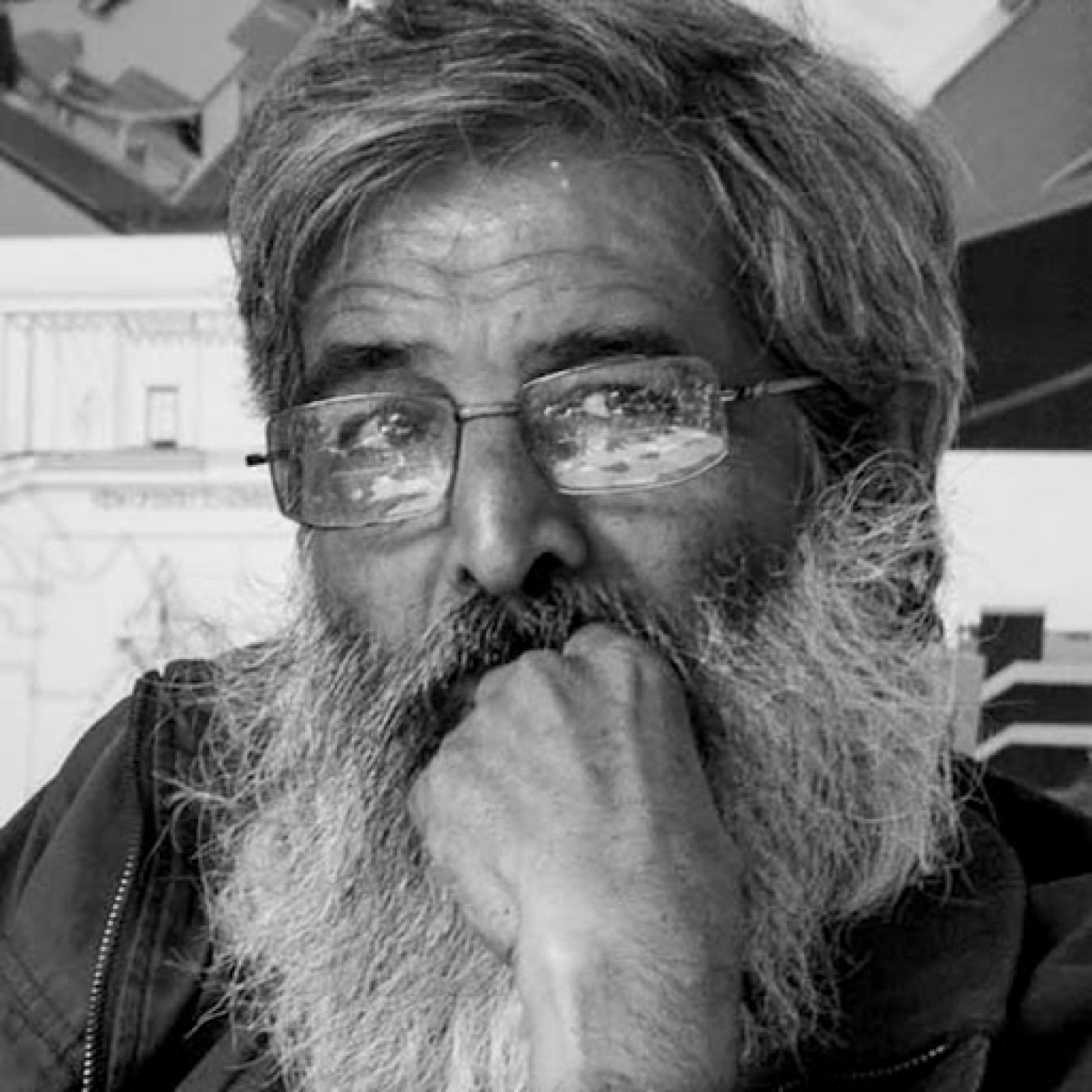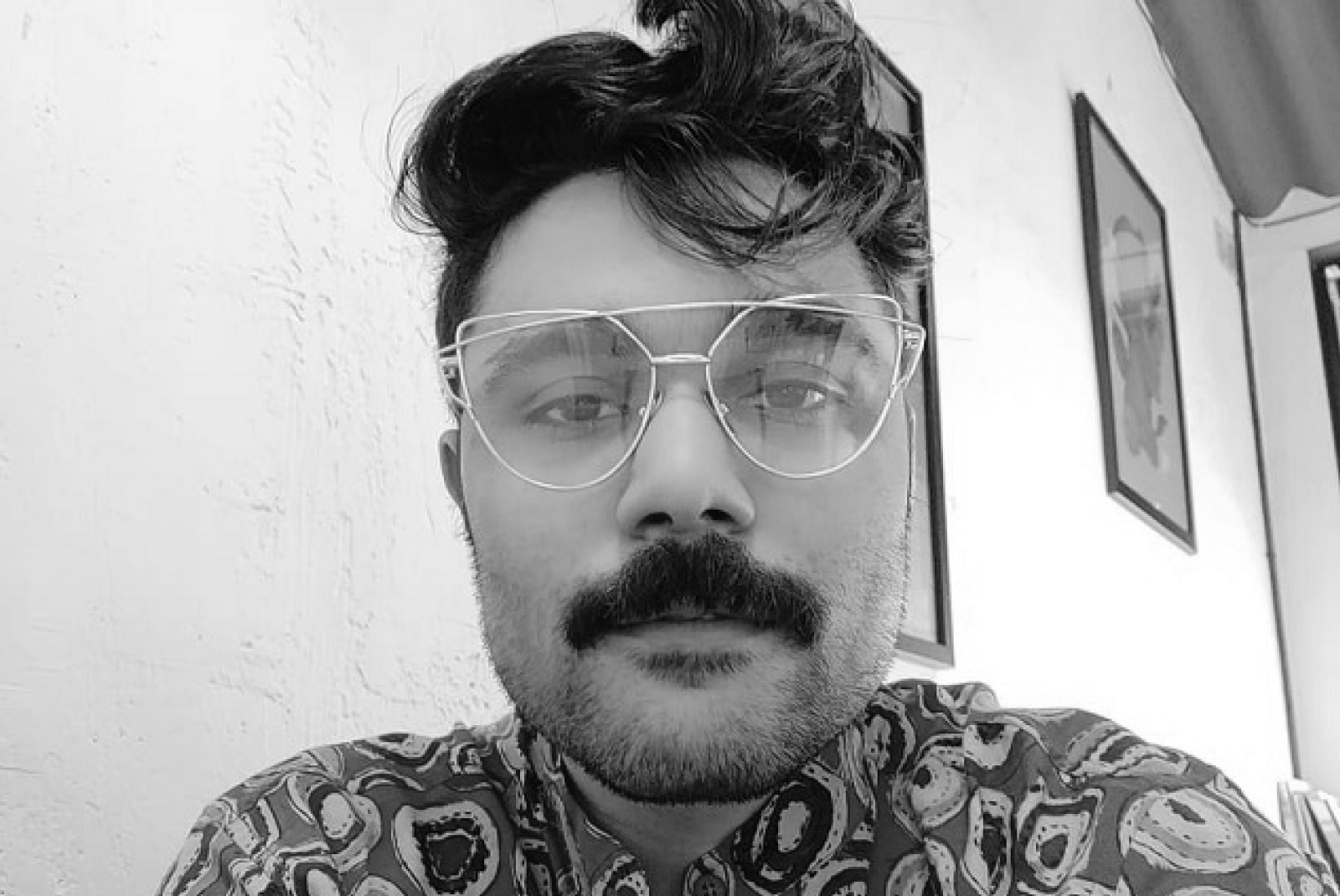EP 100 . 05 Dec 18
India’s Design Hero – 100th Episode
With Prof. Balkrishna Doshi
In the episode
- What is your philosophy/ideology while designing? For eg., Laurie Baker worked on more cost-effective, energy-efficient architecture, Or Charles Correa is celebrated for his sensitivity to the needs of the urban poor. In short, what does the word “Design” Mean to you? The Pritzker jury announced that you have “always created an architecture that is serious, never flashy or a follower of trends”. What is the secret behind it?
- What according to you is the reason that cities have started looking similar. Same flyovers, same glass, and steel buildings? Have spaces become more inclusive as we are evolving? What is the role of architects in giving character to these structures? And has there been any innovation to improve the working style of the people lower in the pyramid? Do you think architects should address these concerns?
- How has RCC changed the lives of architects and designers? Has it become more challenging or less? How has the landscape changed because of RCC
- What are your thoughts on Vastu Shashtra when it comes to architecture?
- What according to you is the difference between good and great? To further ask this question, as per my knowledge, an artist or a designer should ensure that he or she is consuming the right content, be in an appropriate environment to nurture and grow artistic sensitivities. What is your take on it? How can one go about building their own styles?
About Prof. Balkrishna Doshi
Prof. Balkrishna Vithaldas Doshi (Born in 1927). I decided to mark this 100th episode with a living legend of design and architecture. Doshi sir is considered to be an important figure of South Asian architecture and noted for his contributions to the evolution of architectural discourse in India. His more noteworthy designs include the Indian Institute of Management Bangalore and the Aranya Low-Cost Housing development in Indore which was awarded the Aga Khan Award for Architecture. In 2018, he became the first Indian architect to receive the Pritzker Architecture Prize.




